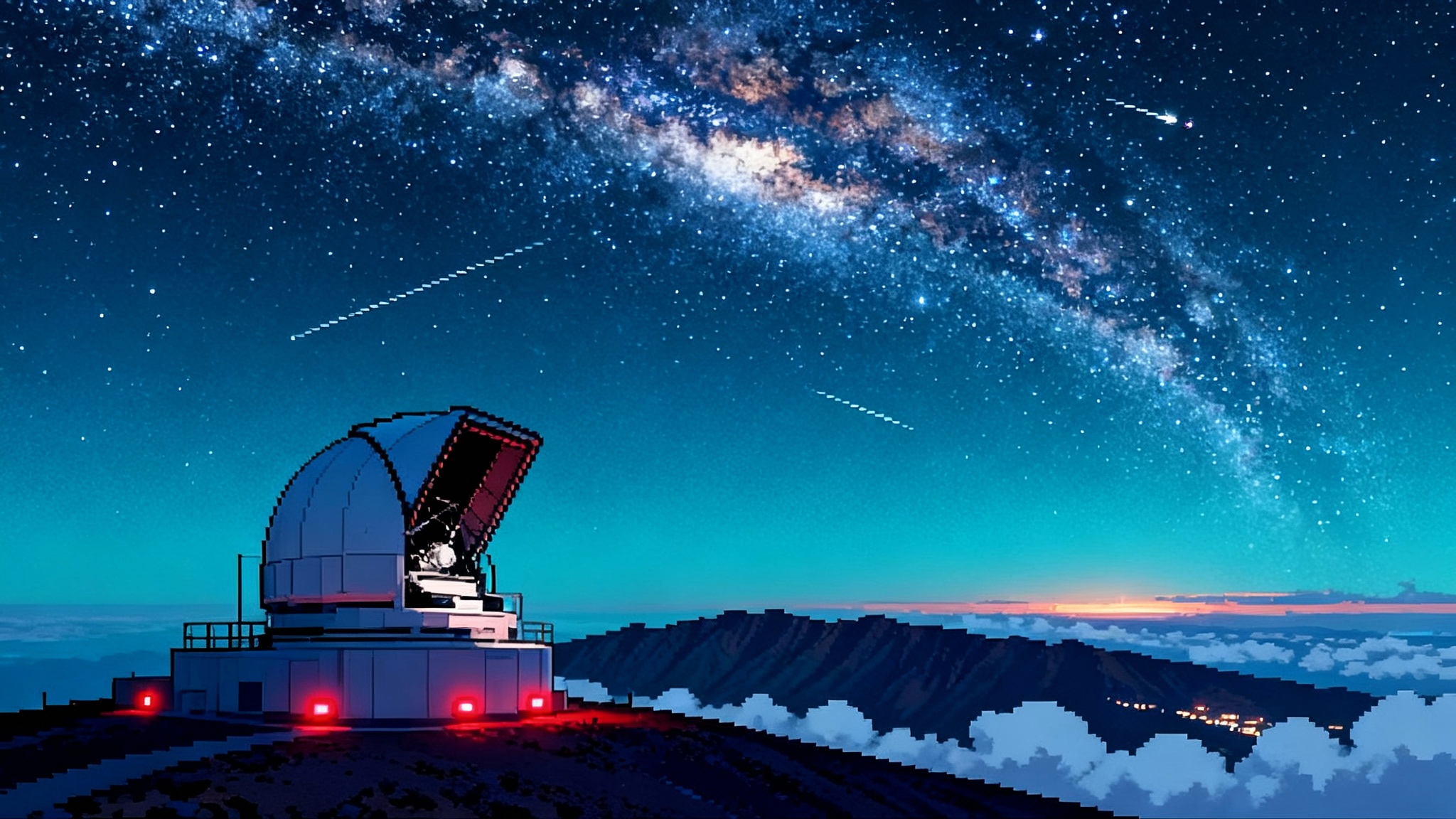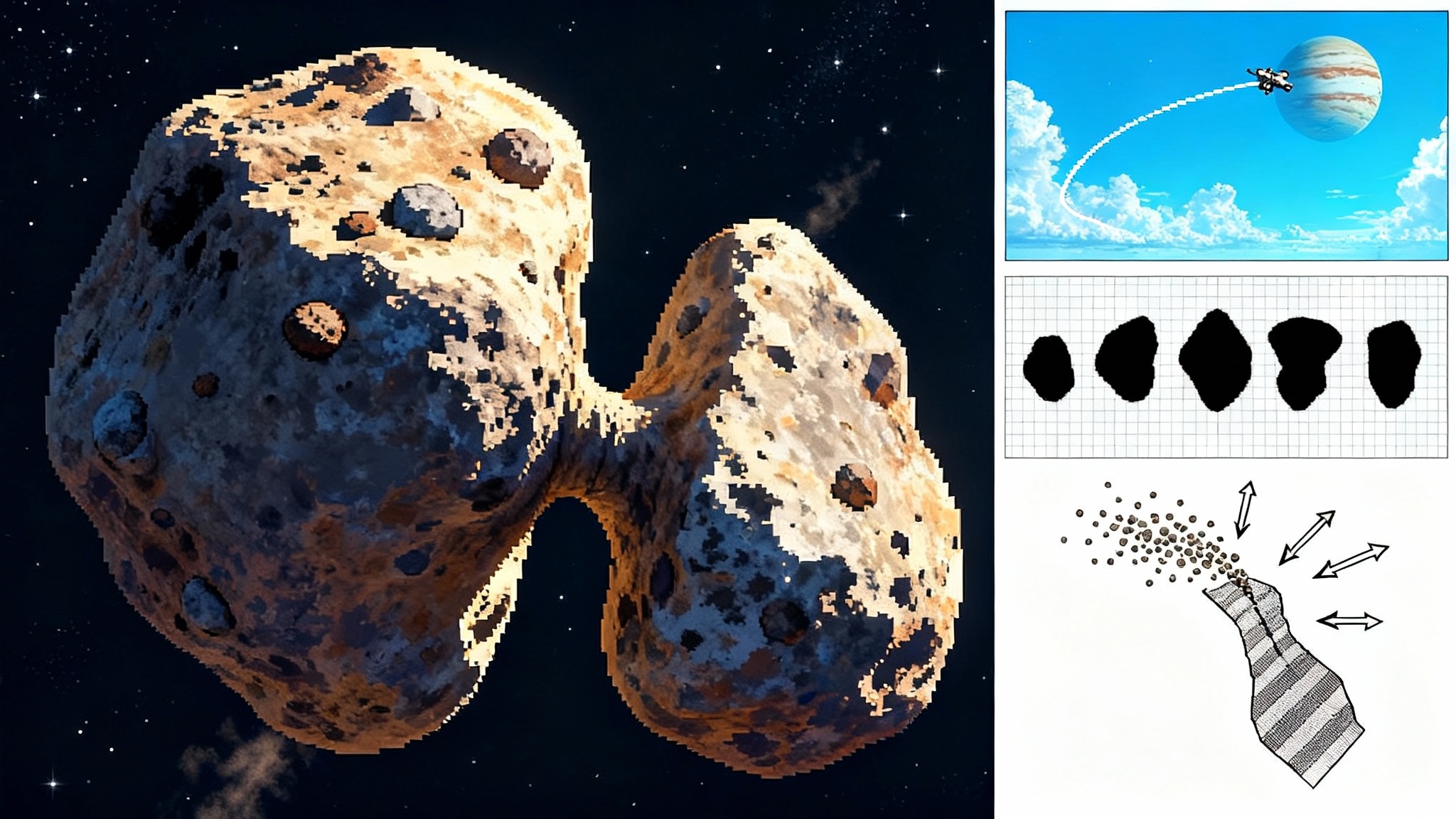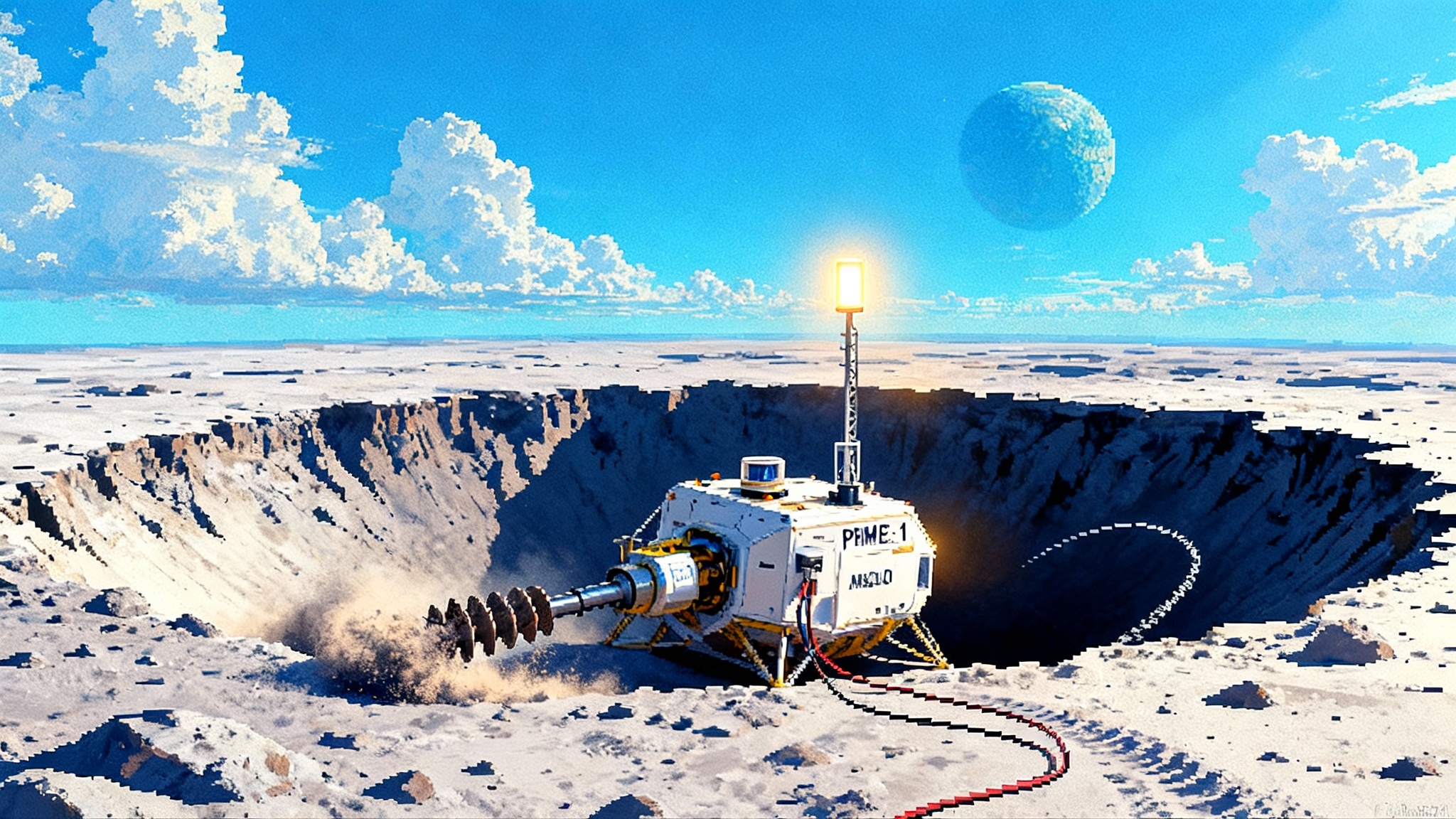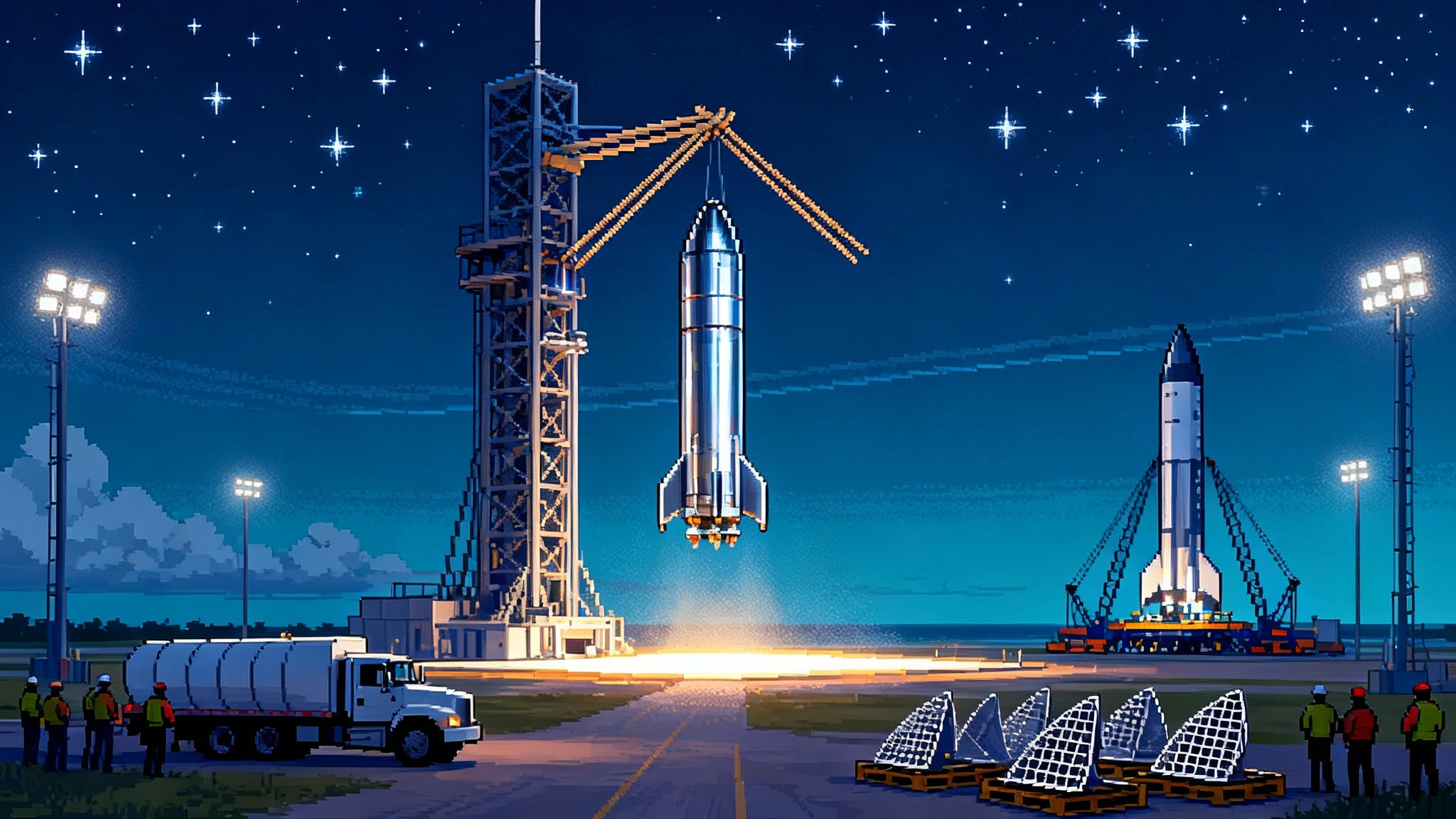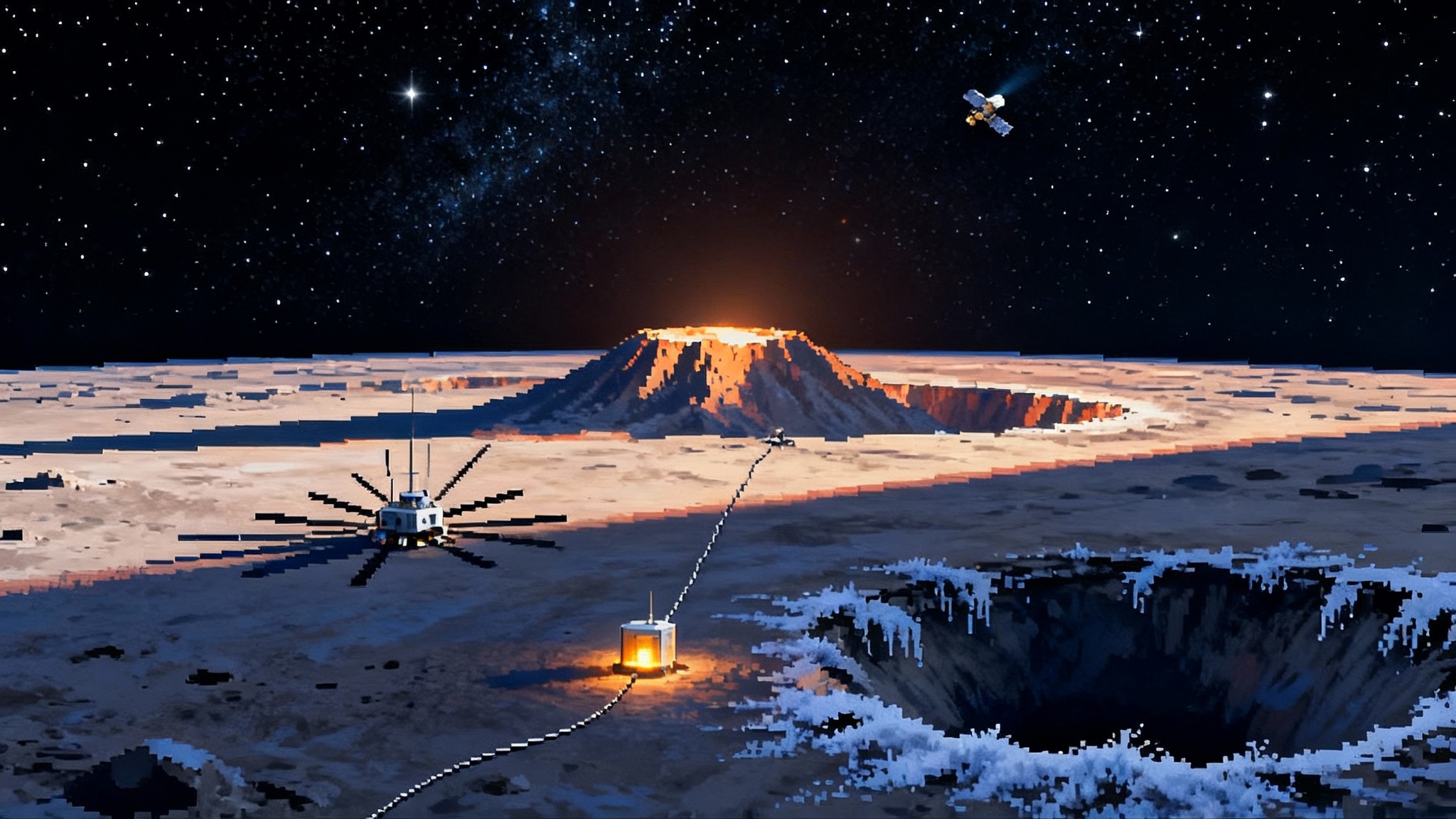NEO Surveyor clears CDR, turning defense into delivery
NASA’s infrared NEO Surveyor has passed Critical Design Review and is moving into build and test for a no earlier than September 2027 launch, shifting planetary defense from plans to a working space-based search for small, dark asteroids.
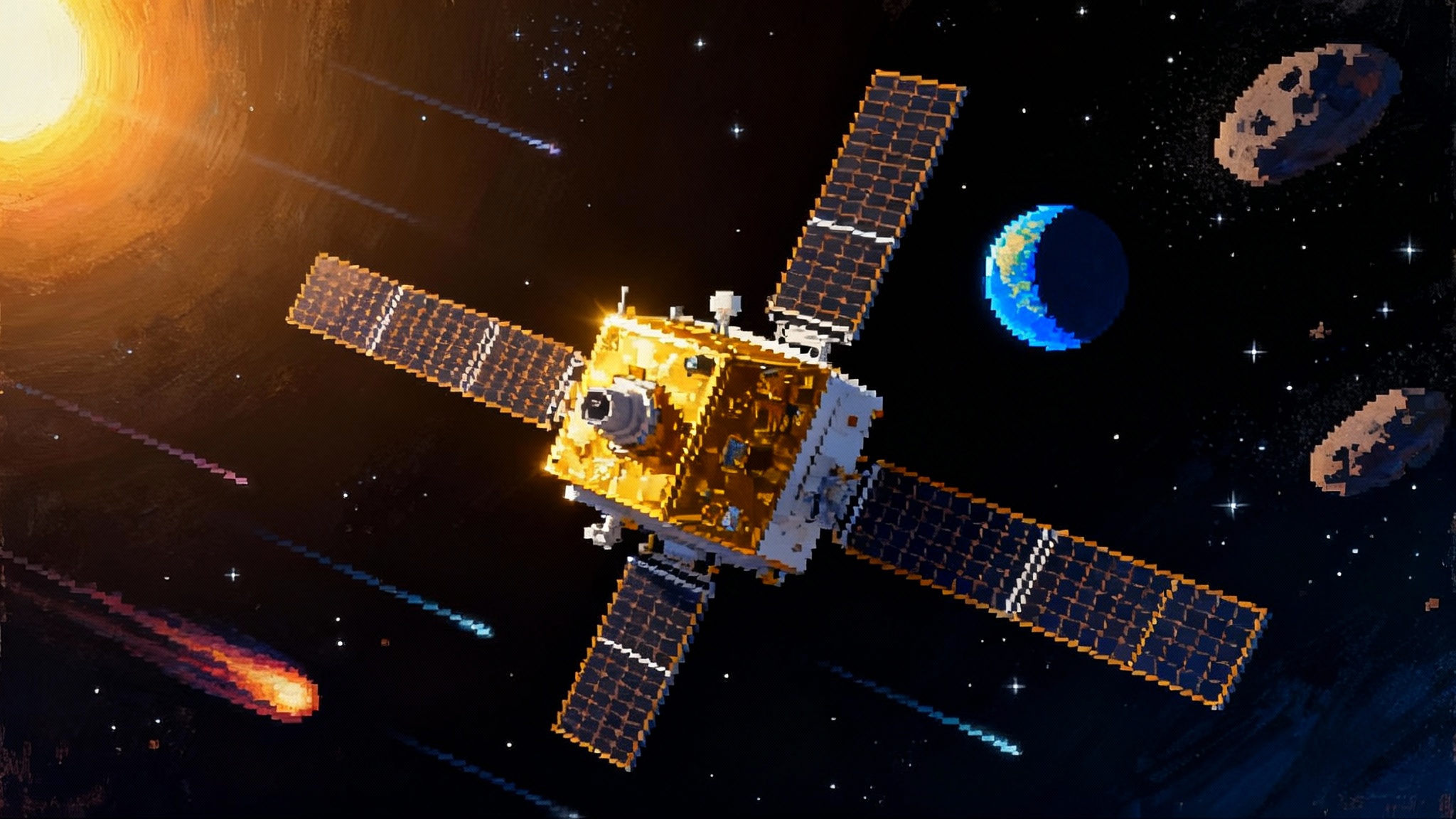
The green light that changes the risk math
NASA’s Near-Earth Object Surveyor just crossed the line between concept and hardware. The mission completed Critical Design Review (CDR) on February 6, 2025, and is now cleared to enter full-scale build, integration, and test on the road to a launch as early as 2027. That milestone matters because CDR is where independent reviewers judge whether a mission’s design can actually be built to meet its requirements. It is the difference between a study and a spacecraft. NASA publicly confirmed the milestone in an official update, including hardware status and next steps in assembly at the Jet Propulsion Laboratory. See NASA’s confirmation in the NEO Surveyor CDR announcement.
The timing could not be better. For two decades, ground surveys have been steadily chipping away at the population of large, city-killing asteroids. The stubborn gap is the smaller, darker class in the 50 to 140 meter range that can still devastate a region. These objects are hard to see in visible light because they reflect so little sunlight and many approach from solar directions that blind ground-based telescopes. NEO Surveyor is designed to flip that discovery curve.
Why infrared in space is the game changer for 50 to 140 meter objects
Think of a charcoal briquette on a summer sidewalk. In the glare, it looks nearly black. But point a thermal camera at it and it glows because it is warm. Many small asteroids are the same. They are dark in sunlight but radiate heat strongly at infrared wavelengths that match their temperatures. NEO Surveyor is built to watch the sky in two carefully chosen infrared bands where these objects shine. That lets it estimate sizes far more directly than visible-light surveys, which must guess based on how reflective an asteroid happens to be.
Space is essential. From Earth, our atmosphere blocks most infrared light and scatters sunlight across the daytime sky. From its deep-space vantage, NEO Surveyor can look closer to the Sun than ground telescopes can safely attempt, opening up the approach lanes that have produced too many late detections. Because it looks at heat instead of reflected light, it does not care whether a small asteroid is dark as charcoal or bright as chalk. Either way, a warm rock is a bright target.
The practical payoff is earlier detection at greater distances for precisely the class of impactors that keep disaster planners awake. Earlier means more time to predict, to decide, and if necessary to act.
What ground surveys will still do best until first light
NEO Surveyor does not replace the ground. It unlocks what the ground cannot. While the spacecraft is being built and tested, networks like Pan-STARRS, the Catalina Sky Survey, and ATLAS will continue to discover near-Earth objects every clear night. The Vera C. Rubin Observatory will add a huge boost in the visible band, sweeping vast areas of sky with exquisite cadence. For context on the real-time cadence to come, see Rubin Observatory’s first alerts.
These facilities excel at tracking and refining orbits once a target is known. They also classify colors and rotation rates, which feed into models of composition and structure.
Radar remains another pillar. When geometry allows, the Goldstone Solar System Radar with partners like the Green Bank Telescope can pin down an asteroid’s distance and speed to meter precision and return snapshots that reveal shape, spin, and even boulder fields. In the NEO Surveyor era, these assets will have a richer hunting list that arrives earlier, allowing the radar community to schedule high-value targets instead of scrambling at the last minute.
Inside the spacecraft build and the industrial team
The mission is managed at the Jet Propulsion Laboratory for NASA’s Planetary Defense Coordination Office, with Professor Amy Mainzer of the University of California, Los Angeles serving as principal investigator. The program has a tight, well defined industrial split. Space Dynamics Laboratory in Logan, Utah is integrating major instrument components and performing optical alignment and environmental testing. Teledyne supplies the infrared detector technology. BAE Systems and other suppliers contribute avionics and structural elements. This division of labor matters because schedule risk in space missions often hides in interfaces; a crisp split with experienced suppliers makes passing from design to assembly more predictable.
The telescope itself is modest in size by astronomical standards, which is a feature, not a bug. Infrared discovery of warm objects does not demand a giant mirror; it demands low noise, precise thermal control, and the right spectral bands. A compact, passively cooled telescope can run a wide, efficient search for years with fewer moving parts and lower operating overhead.
What an operational NEO Surveyor era looks like
Planetary defense becomes a workflow. Here is the chain once NEO Surveyor is on orbit and stable:
- Discovery in infrared with built-in size estimates. Thermal emission is a direct clue to diameter, so each detection starts with tighter size bounds than reflected-light discoveries.
- Automated delivery of tracklets to the Minor Planet Center with rapid posting to the global community. Observatories worldwide can pounce on the most interesting candidates the same night for visible-light astrometry.
- Hand-off to orbit-determination pipelines such as JPL’s Sentry monitoring. With more accurate initial sizes, these systems can rank risk and trigger radar windows sooner and more often.
- Rapid characterization to support decisions. Thermal and visible data combine to yield albedo, which informs composition. Does this target look like a porous rubble pile or a tougher, monolithic fragment? That feeds directly into the choice of mitigation technique.
The knock-on effect is profound. Today, a worrisome small asteroid often moves from first detection to a full risk picture over weeks to months, especially if it arrives from the Sun’s direction. With NEO Surveyor feeding the system, many of those delays compress into days. For a concrete proving ground, watch the Apophis reality test as operational playbooks mature.
The new rapid-response playbook
Turning this capability into policy requires rehearsal and resources. Here is what agencies and observatories can do, now, to be ready for first light:
- Pre-allocate radar windows. Establish standing weekly or monthly blocks at Goldstone and Green Bank for urgent targets originating from NEO Surveyor detections, with an agreed protocol for triage when multiple candidates compete.
- Reserve optical time across hemispheres. Create a time-exchange pool among mid-size telescopes in Hawaii, the continental United States, Chile, South Africa, and Australia that can be invoked on hours’ notice for follow-up photometry and astrometry.
- Fund a fast-tip inspector. Advance a 12 to 18 month build-to-launch flyby probe template using commercial satellite buses and off-the-shelf propulsion. Keep an empty payload slot on a regular rideshare manifest so a reconnaissance mission can be inserted if a high-priority object warrants.
- Stand up a cross-border data cell. Co-locate personnel from the Minor Planet Center, JPL’s Sentry team, the European Space Agency’s Near-Earth Object Coordination Centre, and the International Asteroid Warning Network in a virtual room that meets on a fixed weekly cadence and surges when alerts spike.
- Refresh public messaging scripts. Pre-author, test, and translate risk communication templates that walk local leaders and the public through probabilities, time horizons, and actions.
These are small investments that leverage an asset designed to find things earlier. The payoff is not just better science. It is fewer late-night calls to mayors and emergency managers with too many unknowns.
Policy and funding: the new targets of success
United States law directs NASA to discover and characterize 90 percent of near-Earth objects larger than 140 meters. That target was set when the visible-light survey era was the only affordable option. NEO Surveyor invites an update. With a dedicated space-based infrared search, policymakers can expand the metric to include a higher fraction of 50 to 140 meter objects within a defined time and to measure not just discovery but also how fast size and impact probability converge after first detection.
Budgets should evolve accordingly. The core spacecraft development is a finite bill. The lasting cost is the operational ecosystem that turns detections into decisions: follow-up observing time, radar maintenance and upgrades, data processing, and rehearsal exercises. Locking in multi-year funding for the full chain will do more for real safety than shaving a few months off launch. Internationally, programs like IAWN and SMPAG provide coordination scaffolding. Missions beyond NASA, such as Tianwen-2 targets a quasi-moon, add practice targets and shared techniques to the global playbook.
What to watch between now and launch
The build season is real now. Over the next year, expect Space Dynamics Laboratory to complete instrument integration and run through thermal vacuum testing in its expanded facilities. The instrument enclosure and telescope will be married, aligned, and calibrated. After that, the full payload will be mated to the spacecraft bus and put through the punishing sequence of vibration tests that mimic launch and the vacuum trials that simulate space.
NASA has selected a launch provider. The mission is slated to fly on a SpaceX Falcon 9 on a no earlier than September 2027 schedule, per NASA’s launch services contract announcement.
Finally, watch how the operations centers come together. The Laboratory for Atmospheric and Space Physics in Colorado will support operations, while IPAC at Caltech will process the survey data. That division means the pipeline from pixels to positions to size estimates will have mature institutional homes from day one.
From hope to an executable roadmap
The world has always lived with asteroid risk. What is new is our ability to make that risk manageable. A dedicated, space-based infrared telescope takes away the two most common excuses for being surprised by smaller impactors: they were too dark to see and they came from the Sun’s direction. With NEO Surveyor through design, headed for assembly, and booked to fly, planetary defense is no longer a hopeful theme in a strategy document. It is a set of instruments, contracts, facilities, and teams that can be tested and improved.
When those first thermal streaks show up in NEO Surveyor’s images, the value will be more than the count of new objects. It will be the time they buy. Time to observe, to compute, to practice, to decide. That is how planetary defense becomes real: not with a single silver-bullet mission, but with a reliable pipeline that finds the small, dark rocks early enough that the only headline left to write is a calm one.
